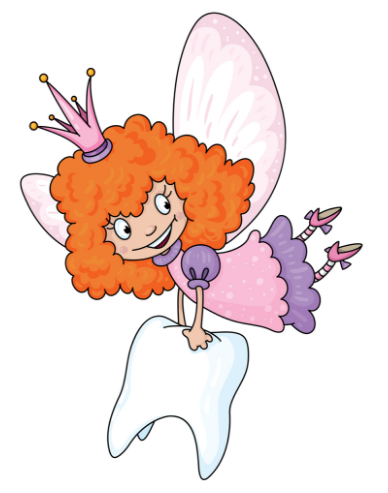When your kid’s tooth starts to shake and act all wobbly, it’s a cause for celebration and a lucky visit from the magical fairy from DHL. But it’s an entirely different plot when it happens to an adult. You do have genuine reasons to be worried- what if it won’t grow back? The wobbliness is a sign that the ligaments holding the tooth might not be capable enough to absorb the “bite” while you chew. Add to that list of injuries due to grinding, chewing too hard, germ infection weakening the ligaments and so forth. You are in for a bit of pickle. Or an expensive operation should all fail! We say: Relax.
How did it happen?
Let’s take a step back and take stock of the situation. Aside from a traumatic blow to the face, there are a few reasons that your teeth might be feeling ‘sick’.
Excessive Bite Force can be the primary culprit as it means the tooth has been exposed to a prolonged biting level which exceeds its tolerance level causing habitual grinding (yes, we’ll spare you the teeth clenching medical terms). Or a tooth alignment could be at fault which lead to the excessive bite force which your teeth couldnt withstand.
The advanced level of tooth loosening occurs when gums are infected by germs which lead to significant bone loss near your teeth which leads to the ligaments weakening and your teeth fall out. This is known as the “secondary occlusal trauma”. Gum diseases begin as ‘gingivitis’ which leads to your gum color turn to bloodshot red. If it advances without treatment, it will lead to a severe weakening of the gum tissue which holds your teeth in place.
Symptoms to look out for
- If your gums bleed while brushing your teeth, it’s time for to consult your dentist
- If you notice changes in the way the teeth fit after clenching or biting.
- Red, abnormally swollen gums
- You are loosing teeth (obvious)
- The gum line receding leading to weaker bones
- If you notice formation of deep pockets between gums and teeth
- Finally, persistent bad breath is an indicator you need to set an appointment with a professional dentist
What about knocked Out Teeth?
If you are hurt by some blunt trauma to your tooth, it’s wise to consult a dentist. Signs of the tooth about to fall out, fractured, chipped or even knocked out are to be noted and discussed about with the doctor. Should you feel it’s wobbly or even loosened, we suggest you attempt to put the tooth back into the socket within two hours of the incident. These are the guidelines recommended:
- Pick the tooth off the floor and rinse it off with the saliva or water. Do not scrub it as it may damage the joints of the enamel permanently
- Attempt to replace the socket the correct way as it’s supposed to be.\
- Press your tooth in firmly with the thumb of your hand until it adjusts to the socket.
- If needed, bit down on a wad of cloth until you see the dentist. Keep in mind that this should be done within 2 hours of the incident.
This being the biological approach, the mechanical one would include forced approached via incision to the teeth for the effects of periodontal ligaments or improving the bite force adaptability by modifying the teeth tendons and upgradation to the Jaw muscles.
Feel like sharing any alternative methods? We would love to hear your ideas on the comments below.
Know More At: http://www.dentalloungedubai.com

